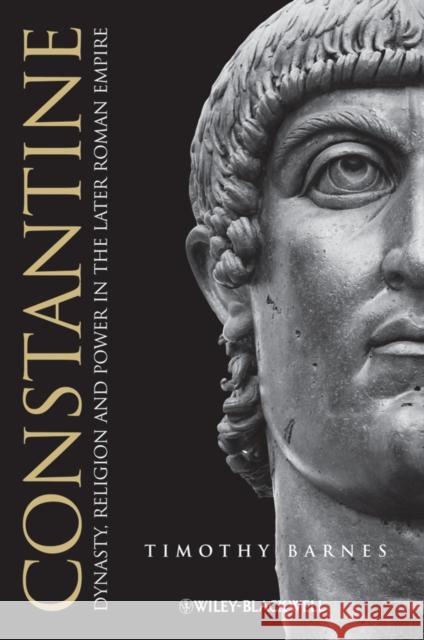Constantine: Dynasty, Religion and Power in the Later Roman Empire » książka
topmenu
Constantine: Dynasty, Religion and Power in the Later Roman Empire
ISBN-13: 9781118782750 / Angielski / Miękka / 2013 / 288 str.
Drawing on recent scholarly advances and new evidence, Timothy Barnes offers a fresh and exciting study of Constantine and his life.
- First study of Constantine to make use of Kevin Wilkinson's re-dating of the poet Palladas to the reign of Constantine, disproving the predominant scholarly belief that Constantine remained tolerant in matters of religion to the end of his reign
- Clearly sets out the problems associated with depictions of Constantine and answers them with great clarity
- Includes Barnes' own research into the marriage of Constantine's parents, Constantine's status as a crown prince and his father's legitimate heir, and his dynastic plans
- Honorable Mention for 2011 Classics & Ancient History PROSE award granted by the Association of American Publishers











